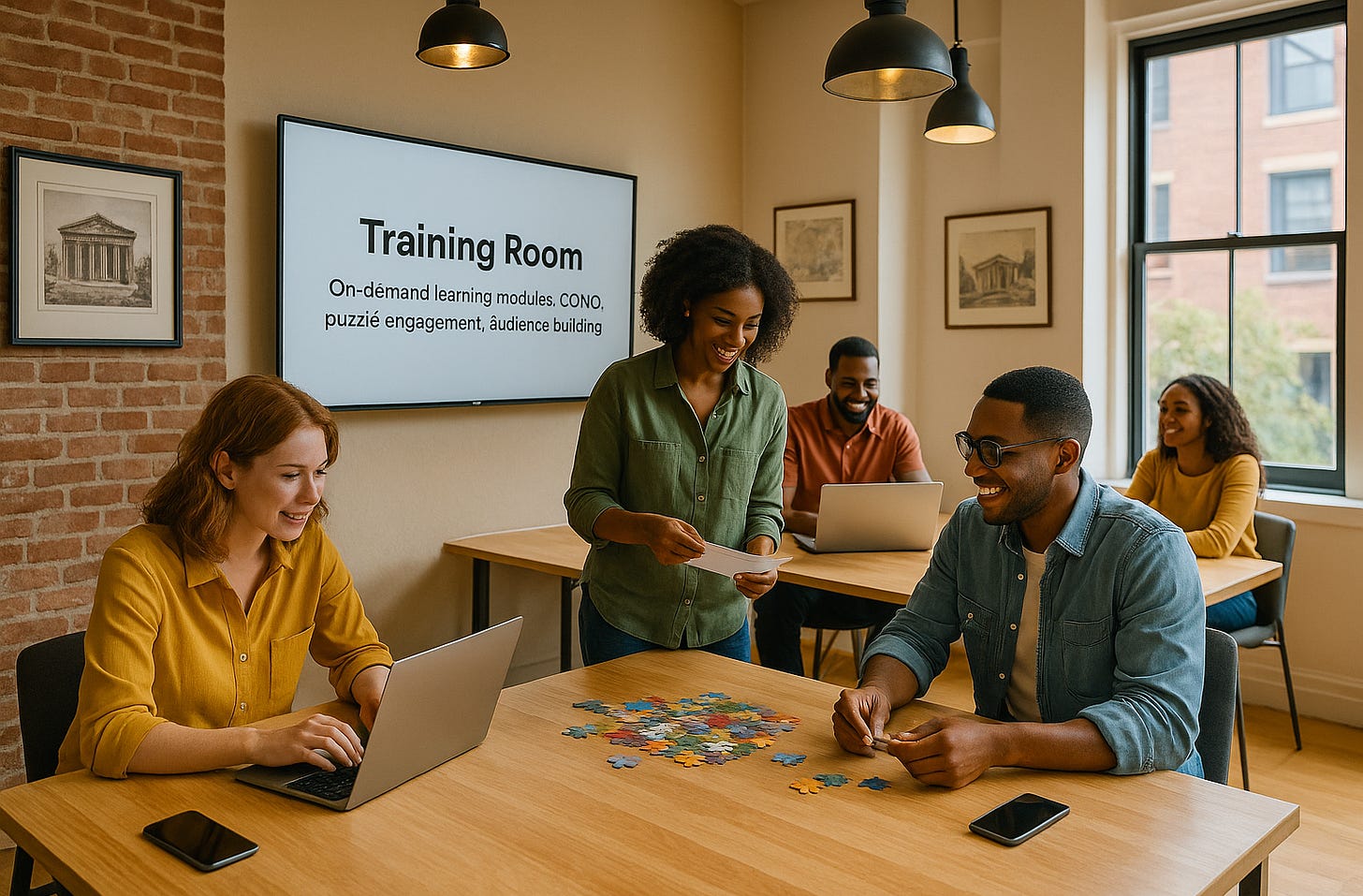Course Reflections
ZoeAI isn’t just a tool — it’s an intelligent collaborator. It adapts, learns, and helps you design, build, and manage complex systems across education, business, and engagement workflows. This module introduces the foundational capabilities that make ZoeAI central to your ecosystem — automation, insight generation, content design, and continuous learning.
The goal is to understand how ZoeAI interacts with human intent. Every command, query, or workflow becomes a structured dialogue between human vision and machine precision. When aligned with your goals, ZoeAI accelerates creation, reduces errors, and scales intelligence across your operations.
Overview
Learn how ZoeAI functions, what it can do across domains, and how to integrate it into your workflow for maximum impact.
Understand the core ZoeAI architecture and its role in your ecosystem
Explore primary capability areas: automation, analysis, generation, and orchestration
Learn how ZoeAI adapts through data, prompts, and user feedback
Build a working model of human–AI collaboration for scalable outcomes
Key Terms
Intelligent Agent: An AI system designed to act autonomously toward defined goals
Prompt Engineering: The method of structuring inputs to guide AI responses effectively
Context Awareness: ZoeAI’s ability to recall, relate, and reason within multi-domain tasks
Orchestration: The coordination of multiple functions or tools under AI control
Adaptive Learning: The process through which ZoeAI refines outputs using patterns and user corrections
Phase 1 — Learn (Core Principles)
ZoeAI functions as a cognitive extension of human capability
Precision in input design leads to higher-quality, goal-aligned outcomes
Context and feedback loops define performance consistency
Integration with tools enables ZoeAI to operate as both creator and manager
Continuous adaptation is the foundation of intelligence growth
Phase 2 — Lab (See It in Action)
Scenario: A creator uses ZoeAI to build a full business launch — from training modules and marketing funnels to analytics dashboards. ZoeAI generates 85% of the work autonomously, while the human refines final strategy and tone. The outcome: weeks of effort compressed into days.
Observation Task: Identify which capabilities (generation, analysis, orchestration, or adaptation) contributed most to this transformation.
Phase 3 — Build (Hands-On Exercise)
List three areas of your workflow ZoeAI can automate or enhance.
Identify one process where insight generation would save time or cost.
Write a clear, structured prompt for ZoeAI that combines analysis, creation, and recommendation.
Execute the prompt and review the output for tone, structure, and accuracy.
Refine your input using ZoeAI’s feedback for improved results.
Reflection & Challenge
How can you build a working relationship with ZoeAI where both intelligence and creativity scale together?
Mini Cookbook — ZoeAI Capability Framework
Start with a clear problem or goal statement
Design prompts that combine context, intent, and data
Test outputs and track refinement loops
Integrate with ecosystem tools for orchestration and automation
Use ZoeAI’s analytics to identify performance patterns
How ZoeAI Can Help
Automate repetitive tasks and workflow management
Generate structured content across education, business, and media
Analyze data and patterns for decision intelligence
Coordinate tool integrations and monitor performance across systems
Summary
ZoeAI represents the next stage of applied intelligence — an adaptable engine for human–machine collaboration. It turns complexity into clarity, speed into structure, and learning into continuous evolution. With ZoeAI as your co-architect, every project becomes smarter by design.
Take the quiz and move to next module.


